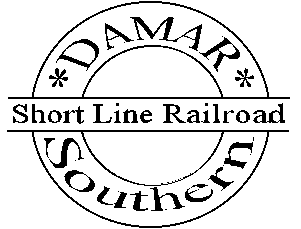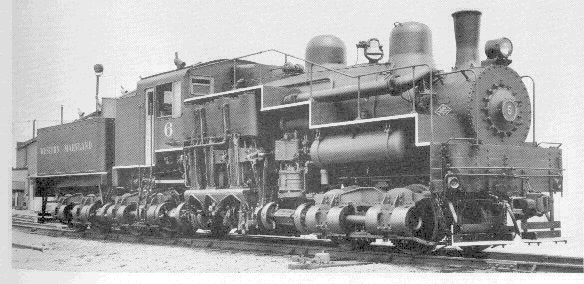DAMAR Southern Short Line Railroad is the name I chose for the Levy family railroad. It is a required railroading tradition, that each car and locomotive be marked with the RR line’s name and/or emblem. This makes it possible to identify each and every piece of rolling stock and every locomotive. It was, therefore, mandatory that a name be chosen for the rolling stock and locomotives of the railroad

How I Got Started
It is funny how we get started doing things in our lives. I was talking to a friend at church one day about maybe getting a little instruction on using metal-working tools. He has a pretty nice workshop outfitted with a couple of metal lathes, a milling machine, drill presses, etc. I had never worked with metal to any great degree as my workshop is primarily only for woodworking. As we talked, he said I should come out to his house one night during the upcoming week and he’d show me the “ropes”.
So I went the next night and he showed me some things and I made a small metal handle for a bandsaw on one of his lathes. It was fun working with metal like that. As we talked that evening, he said he had just started doing a rebuild of a “new” live-steam locomotive (“The Pacific”) that he had had for some time but not worked on much yet. I knew that he had a loop of railroad tracks around his property (7 1/2″ wide – 1/8th scale) and a small switching yard built but had never been involved in it much. He also had a “G”-scale LGB train set that he always sets up every year at Christmas that I had seen several times.
To make a long story shorter, I ended up getting involved in helping to rebuild the Pacific loco and now make regular weekly visits to his house to spend the evening in the workshop. You can see the details of the Pacific Rebuild on this site. I’ve since also joined the NGLS (North Georgia Live Steamers) club to be more involved with live steam railroading. Railroading is fun!!
I have now started building my own locomotive. It is not a normal “rod” locomotive but is a “gear-driven” locomotive known as a Shay. This type of loco was used extensively for mining and lumber operations because of the enormous loads it could pull over very poor track and up very steep grades.
